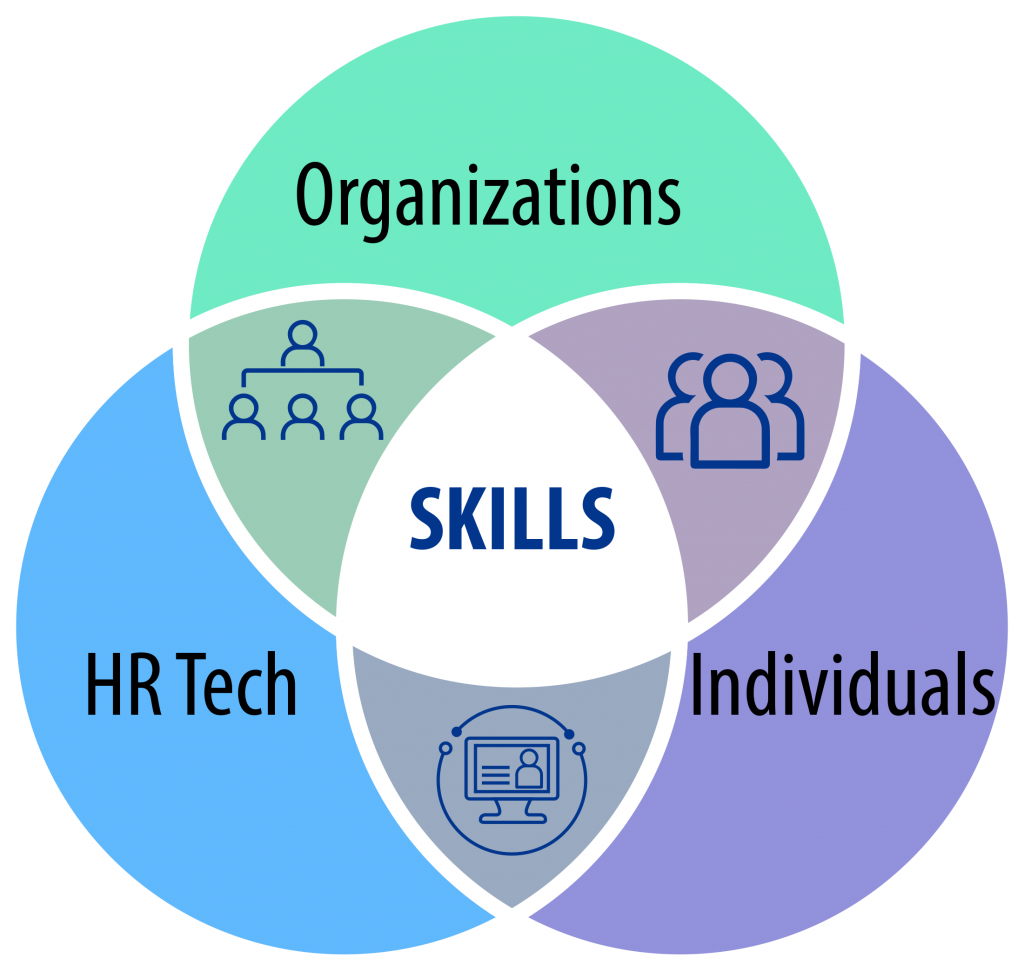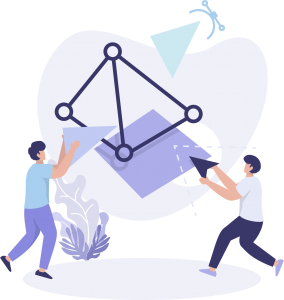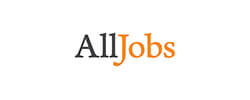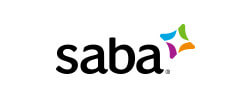IYS
Putting skills at the center
World’s #1
Skills Taxonomy

Skills are our true asset. Whether you’re an HR manager or you build HR tech applications, it’s essential to identify and understand the complex relationships between different skills and competencies.
As an HR manager, you need applications that help you to understand the complete picture of your workforce’s skill set, so you can see where your strengths as an organization lie - and what skills gaps you need to plug.
And if you’re building HR-related software applications you need comprehensive back-end skills data to ensure your applications are effective and fit for purpose. Even as individuals, we all want to be able to deploy our own talent more effectively to find “the right fit” for us in our working life for better satisfaction, recognition and remuneration.
Knowledge is power!
What’s the problem?
Getting the right person for the right job is essential to any successful organization. Whether that’s through recruiting new individuals, or through deploying existing staff effectively.
But the traditional workforce is changing. In our digital economy, the skills space is evolving rapidly.
The landscape is changing fast
Standard definitions and qualifications used to be enough. But innovation in new technologies and business models means new jobs that didn’t exist 10 years ago. And that brings new skill sets too. How should new job roles, and the skills within these roles, be defined?
The old definitions don’t work anymore
What’s more, even traditional roles such as team leader or project manager at one organization may mean something entirely different at another. Without a common language of skills, we are forced to rely on blanket or outdated terms that don’t accurately describe the roles or skills needed to do a job.
All this means that databases on human capital are non-standardized, incomplete or out-of-date. And that brings a lack of clarity and poor productivity.
You need a skills-centered approach.
You need the innovative IYS Skills Taxonomy
Introducing the IYS Skills Taxonomy

What is the IYS Skills Taxonomy?
The IST is an intelligent and logical database of skills covering 32 industries. It maps out the complexities and nuances between different skills, how they interrelate and also what distinguishes them from each other. Informed by this comprehensive skills data, IYS builds Skills Profiles that reflect the true skills sets needed for a job.
Who needs us?
If you’re involved in the development of HR-related applications like recruitment systems, job portals and Learning Management Systems, having clear and comprehensive skills data is vital to the effectiveness of your applications.
With the IST, you can use the API and Profiler Plugins to develop powerful applications that simplify and leverage the complex world of skills.

HR departments need to effectively analyze and proactively manage their workforce, to be able to deploy them to their advantage. That means having clarity on where gaps need filling whether that’s through deployment, development or recruitment. Instead of focussing on demographic data, HR departments really need a clear skills-centered system to quickly and easily define an individual role or employee’s skills profile, so the workforce can be most productive.
We’ve designed three Skills Management tools to help you manage your workforce.
We all want to find “the right fit” for us where our unique set of skills align well with the market, so that we can be relevant, employable and competitive. Then our work life will be more satisfying, we’ll be recognized for our achievements, and earn more money.
We’ve designed the Personal Skills Management tool, for individuals like you.
Why choose us?
Organizations that have trusted ISOT









